
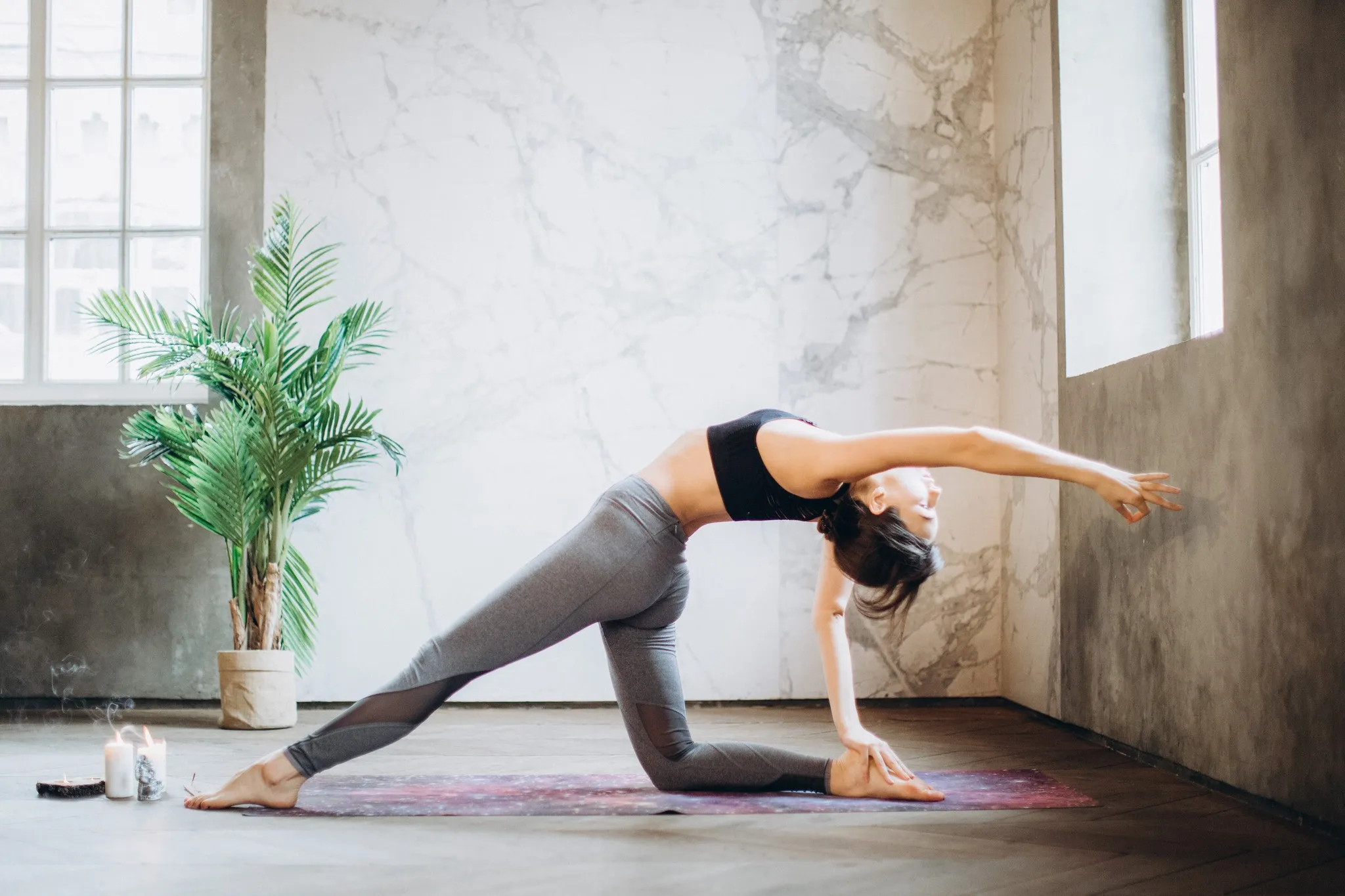
Are you tired of feeling tired all the time? You're not alone. Chronic fatigue syndrome affects millions of people around the world, leaving them feeling drained and fatigued. But don't worry, yoga can help. In this article, we'll show you how you can use yoga to manage your symptoms and restore your energy levels.
Let's start by understanding what chronic fatigue syndrome is and what it does to your body. Chronic fatigue syndrome is a complex disorder that affects multiple systems in the body, leaving individuals feeling exhausted, achy, and weak. The exact cause of CFS is still unknown, but it's believed to be related to immune system dysfunction, viral infections, and hormonal imbalances.
Yoga has been shown to have many benefits for individuals with chronic fatigue syndrome. It can help improve sleep, reduce stress and anxiety, and boost energy levels. Through yoga, you can also develop a better mind-body connection, which is essential for managing the symptoms of CFS.
Preparing for yoga with chronic fatigue syndrome (CFS) is an important step towards managing symptoms and improving overall well-being. Before starting a yoga practice, it's important to consult with a healthcare professional and choose the right type of yoga that accommodates your specific needs. Proper preparation also involves adjusting your practice to accommodate your energy levels, listening to your body, and being gentle with yourself. In this article, we'll explore how to prepare for yoga with CFS and share some poses and practices that can help restore energy levels and improve quality of life.
[inline-CTA-1]
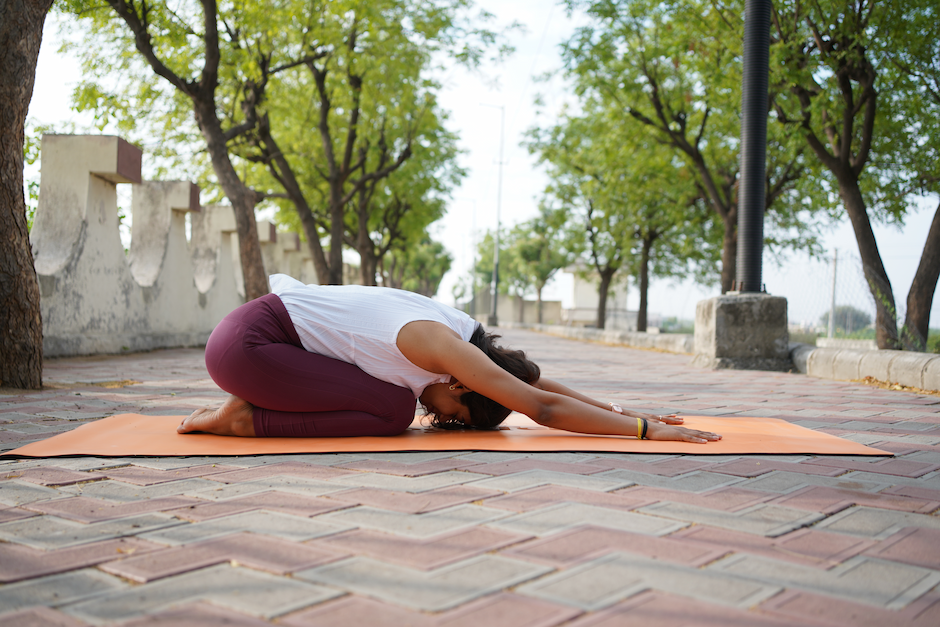
Start on your hands and knees with your big toes touching and your knees hip-distance apart. Sit back onto your heels and stretch your arms out in front of you. Rest your forehead on the mat and breathe deeply for several breaths.

Stand with your feet hip-distance apart and your arms at your sides. Press your feet into the ground and engage your leg muscles. Roll your shoulders down and back and lift the crown of your head towards the ceiling. Breathe deeply and hold for several breaths.
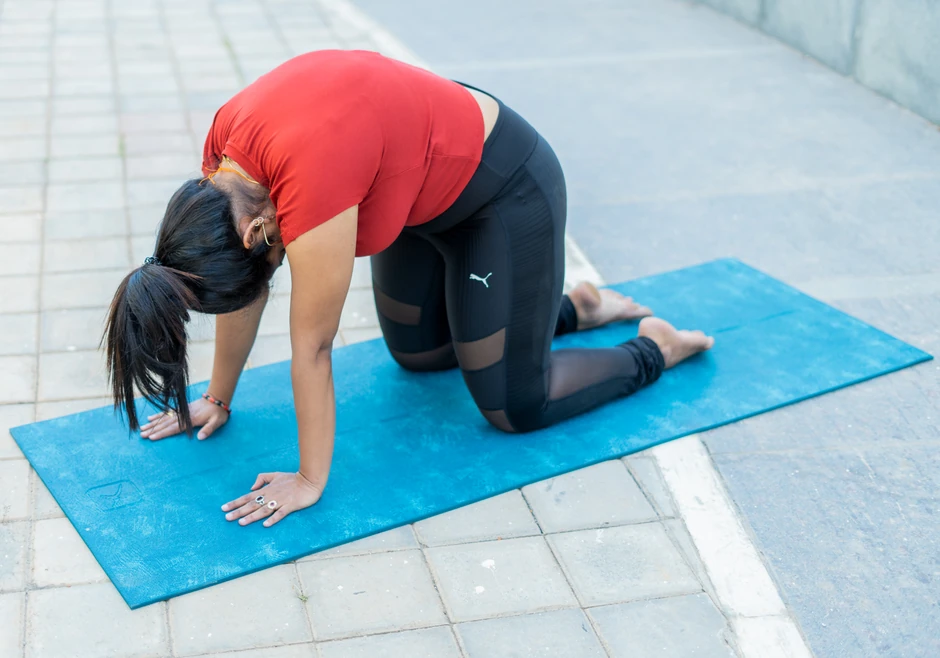
Start on your hands and knees with your wrists directly under your shoulders and your knees under your hips. Inhale and arch your spine, lifting your tailbone and head towards the ceiling (Cow Pose). Exhale and round your spine, tucking your chin to your chest and pressing your hands and knees into the ground (Cat Pose). Repeat several times.
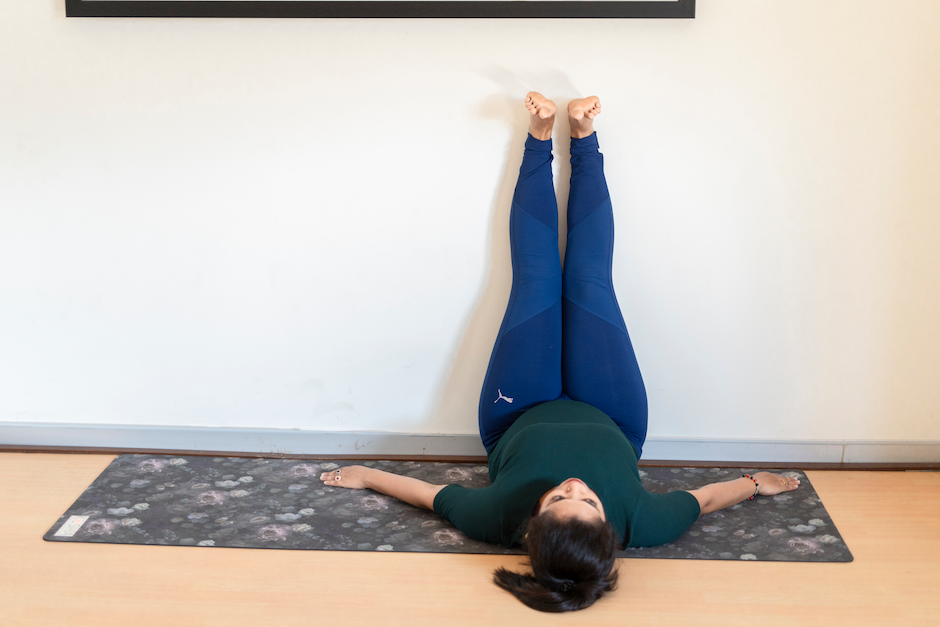
Lie on your back with your hips against the wall and your legs extended up the wall. Allow your arms to rest at your sides and breathe deeply for several minutes.
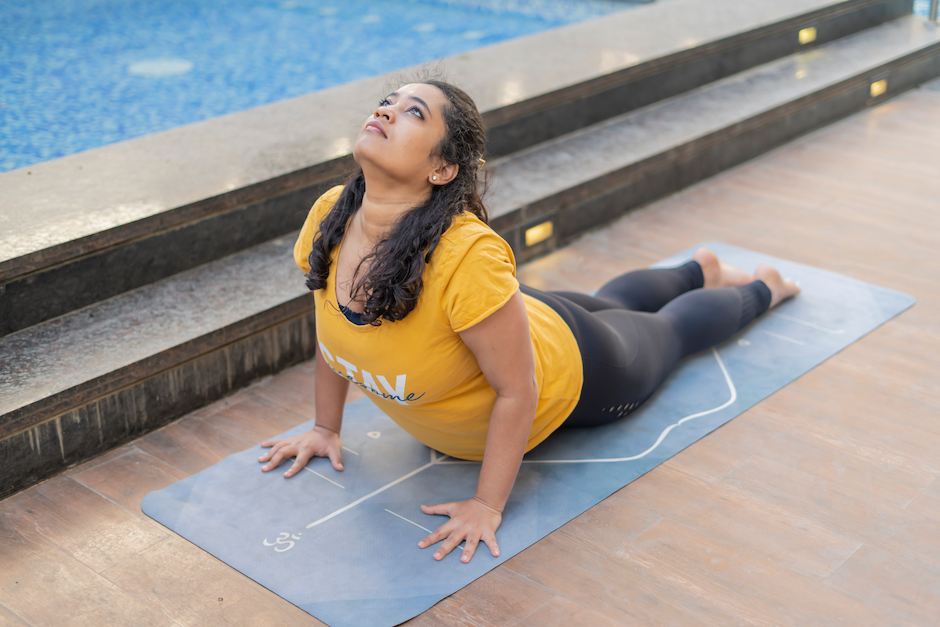
Lie on your stomach with your hands under your shoulders and your elbows close to your sides. Inhale and press into your hands, lifting your chest and head off the ground. Keep your shoulders down and back and breathe deeply for several breaths.
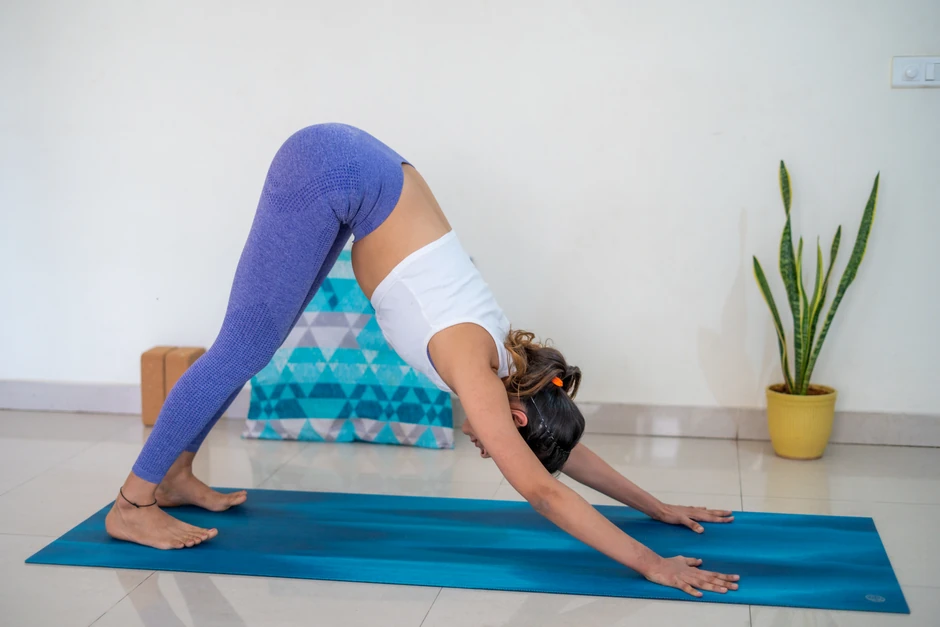
Start on your hands and knees with your wrists directly under your shoulders and your knees under your hips. Tuck your toes under and lift your hips towards the ceiling. Press your hands and feet into the ground and breathe deeply for several breaths.
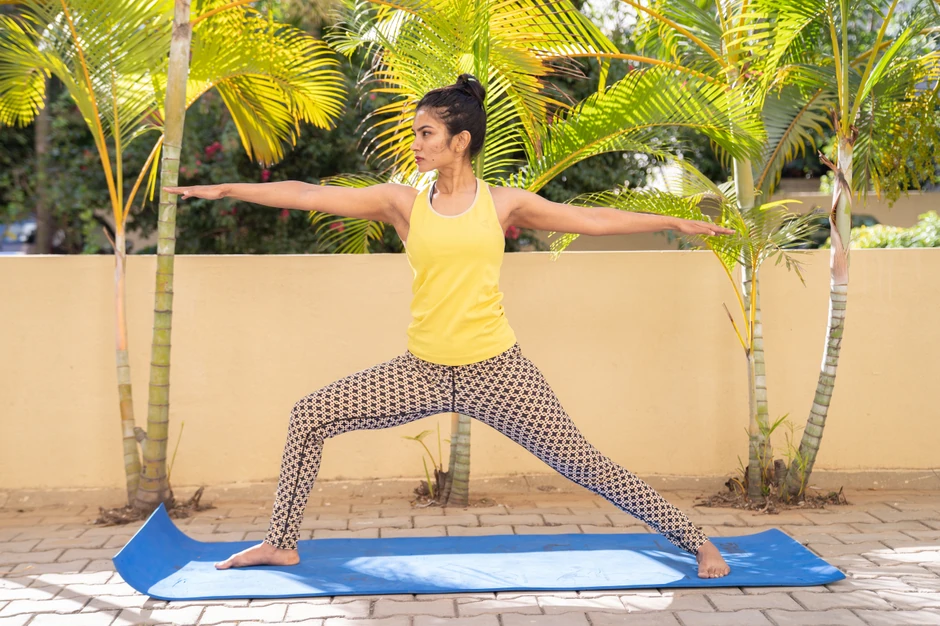
Stand with your feet wide apart and turn your right foot out to the side. Bend your right knee and extend your arms out to the sides, palms facing down. Keep your left leg straight and breathe deeply for several breaths. Repeat on the other side.
_optimized.webp)
Stand with your feet hip-distance apart and your arms at your sides. Shift your weight onto your left foot and lift your right foot to rest on your left inner thigh. Press your foot and thigh together and bring your hands to your heart. Breathe deeply for several breaths. Repeat on the other side.
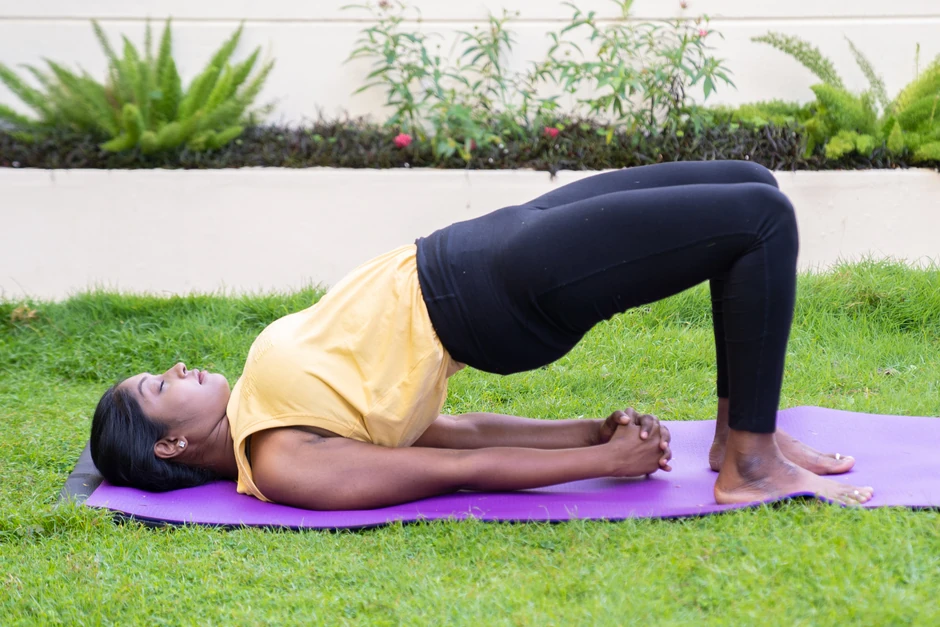
Lie on your back with your knees bent and your feet flat on the ground. Press your feet and arms into the ground and lift your hips towards the ceiling. Keep your shoulders down and back and breathe deeply for several breaths.
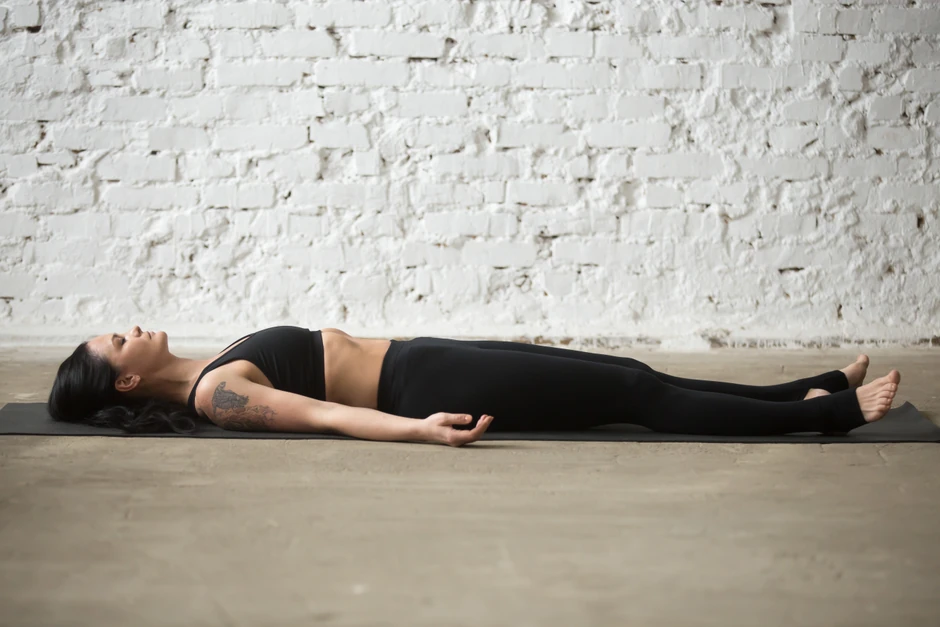
Lie on your back with your arms at your sides and your legs extended. Allow your body to relax completely and breathe deeply for several minutes.
[inline-CTA-2]
Pranayama, or yogic breathing exercises, can be powerful tools for managing chronic fatigue syndrome and restoring energy levels. Here are a few pranayama exercises that can help:
Kapalbhati Pranayama (Skull-Shining Breathing):
Sit comfortably with a straight spine.
Inhale deeply and exhale forcefully through the nose, drawing the navel towards the spine with each exhale.
Start with a few rounds of 20 breaths each, gradually increasing to 50 or 100.
Bhramari Pranayama (Bee Breath):
Sit comfortably with a straight spine and close your eyes.
Take a deep breath in and, as you exhale, make a low-pitched humming sound like a bee.
Repeat for 5-10 rounds.
Nadi Shodhana Pranayama (Alternate Nostril Breathing):
Sit comfortably with a straight spine and use your right thumb to close your right nostril.
Inhale through your left nostril, then close it with your right ring finger and hold the breath for a few seconds.
Release your right nostril and exhale through it.
Inhale through your right nostril, then close it and hold the breath.
Release your left nostril and exhale through it.
Repeat for 5-10 rounds.
Ujjayi Pranayama (Victorious Breath):
Sit comfortably with a straight spine and take a few deep breaths through your nose.
On the exhale, constrict the back of your throat to make a soft "ha" sound.
Continue for a few rounds, gradually increasing the length of your exhales.
Shitali Pranayama (Cooling Breath):
Sit comfortably with a straight spine and curl your tongue into a "U" shape.
Inhale through your curled tongue, then close your mouth and exhale through your nose.
Repeat for 5-10 rounds.
It's important to listen to your body and not push yourself too hard during pranayama exercises. Start with a few rounds and gradually increase as your body allows.
Yoga is generally considered a safe and effective form of exercise for people with Chronic Fatigue Syndrome (CFS), but it is important to take certain precautions and considerations to ensure a safe and beneficial practice. Here are some precautions and considerations to keep in mind when practicing yoga with CFS:
Consult with a healthcare provider: Before starting a yoga practice, it is important to consult with a healthcare provider to ensure that it is safe for you to engage in physical activity.
Start slow: It is important to start slow and gradually build up your practice to avoid overexertion and exacerbating symptoms. Listen to your body and honor your limitations.
Modify poses: Many yoga poses can be modified to suit your individual needs and limitations. Don't be afraid to use props or modify poses to make them more accessible.
Avoid heat: Avoid practicing in a heated room or practicing vigorous forms of yoga that may increase fatigue and exacerbate symptoms.
Practice restorative yoga: Restorative yoga, which involves gentle, supported poses and deep relaxation, can be particularly beneficial for people with CFS.
Focus on breath and mindfulness: Yoga is not just about physical movement; it also emphasizes breath control and mindfulness. These practices can help reduce stress, calm the nervous system, and increase energy levels.
Stay hydrated: It is important to stay hydrated before, during, and after yoga practice to avoid exacerbating symptoms.
By following these precautions and considerations, yoga can be a safe and beneficial form of exercise for people with Chronic Fatigue Syndrome.
Chronic fatigue syndrome can be a frustrating and debilitating condition, but incorporating yoga into your daily routine can help manage symptoms and improve overall well-being. By practicing gentle, restorative poses and mindful breathing, you can restore your energy levels and feel more in control of your condition. Remember to listen to your body and adjust your practice as needed, and don't hesitate to seek support from a healthcare professional if you need it.
Yoga increases energy and reduces fatigue by improving circulation and oxygen flow throughout the body. The physical postures and movements in yoga also help to stimulate the nervous system and release tension in the muscles, leading to a feeling of rejuvenation and energy. Additionally, the breathing exercises (pranayama) in yoga can help to increase oxygen uptake, which can lead to greater energy levels and reduced fatigue.
Yes, yoga can be an effective tool for managing chronic fatigue syndrome (CFS). It has been shown to reduce stress levels, improve sleep quality, and increase energy levels in people with CFS. Additionally, the gentle movements and poses in yoga can help to reduce muscle tension and promote relaxation, which can be particularly beneficial for those with CFS.
The benefits of yoga for CFS are numerous. In addition to improving energy levels and reducing fatigue, it can also improve sleep quality, reduce stress levels, and enhance overall well-being. Yoga has also been shown to improve mood and cognitive function in people with CFS, which can lead to a better quality of life.
Getting energy with chronic fatigue syndrome can be challenging, but there are several strategies that can help. Regular exercise, particularly low-impact activities like yoga, can help to improve energy levels over time. Eating a healthy diet, getting adequate sleep, and managing stress are also important for managing CFS and improving energy levels.
The best exercise for chronic fatigue varies for each individual, as everyone's symptoms and abilities are different. However, low-impact exercises like yoga, tai chi, and gentle stretching have been shown to be helpful for many people with CFS. It's important to listen to your body and start slowly, gradually building up to more strenuous activity as your energy levels improve.
Managing chronic fatigue involves a multi-faceted approach. It's important to prioritize good sleep hygiene, eat a healthy and balanced diet, and manage stress levels through relaxation techniques like yoga and meditation. Additionally, regular exercise, particularly low-impact activities like yoga and tai chi, can be beneficial for managing CFS symptoms and improving energy levels. Seeking support from a healthcare professional, and connecting with others who have CFS can also be helpful in managing this condition.

Receive personalized guidance tailored to your unique fitness goals, live with a dedicated coach—no credit card required.